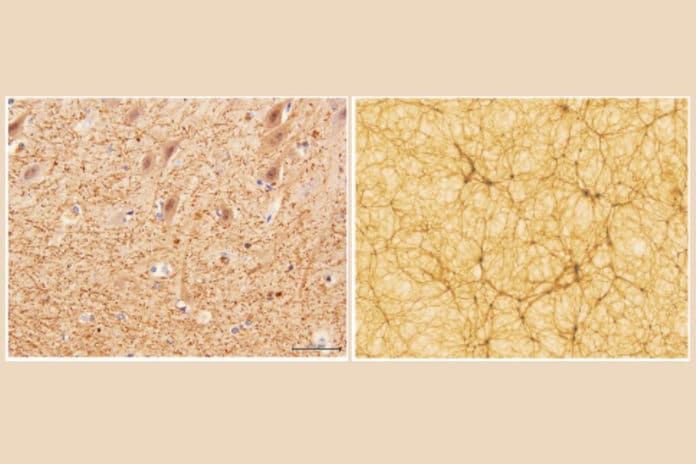Central to our vision of Nature are two fascinating systems: the network of neurons in the human brain and the galaxies’ cosmic web.
An astrophysicist at the University of Bologna and a neurosurgeon at the University of Verona compared the network of neuronal cells in the human brain with the cosmic network of galaxies. And fascinatingly, they found surprising similarities.
In the study, Franco Vazza (astrophysicist at the University of Bologna) and Alberto Feletti (neurosurgeon at the University of Verona) investigated the similarities between them and the network of neuronal cells in the human brain.
Despite the considerable difference in scale between the two networks, their quantitative analysis, which sits at the crossroads of cosmology and neurosurgery, recommends that different physical processes can build structures characterized by similar levels of complexity self-organization.
The human brain is a complex temporally and spatially multiscale structure in which cellular, molecular, and neuronal phenomena coexist. It can be modeled as a hierarchical network, in which neurons cluster into circuits, columns, and different interconnected functional areas.
The Universe, on the other hand, is composed of a cosmic web of at least 100 billion galaxies.
Within both systems, only 30% of their masses are composed of galaxies and neurons. Within both systems, galaxies and neurons arrange themselves in long filaments or nodes between the filaments.
Finally, within both systems, 70% of mass or energy distribution comprises components playing a passive role: water in the brain and dark energy in the observable Universe.
From the shared features of the two systems, analysts compared a simulation of the galaxies to sections of the cerebral cortex and the cerebellum. The goal was to see how matter fluctuations scatter over such different scales.
Franco Vazza said, “We calculated the spectral density of both systems. This is a technique often employed in cosmology for studying the spatial distribution of galaxies. Our analysis showed that the distribution of the fluctuation within the cerebellum neuronal network on a scale from 1 micrometer to 0.1 millimeters follows the same progression of the distribution of matter in the cosmic web but, of course, on a larger scale that goes from 5 million to 500 million light-years.”
Scientists also calculated other parameters that characterize both the neuronal network and the cosmic web: the average number of connections in each node and the tendency of clustering several links in relevant central nodes within the system.
Alberto Feletti said, “Once again, structural parameters have identified unexpected agreement levels. Probably, the connectivity within the two networks evolves following similar physical principles, despite the striking and obvious difference between the physical powers regulating galaxies and neurons. These two complex networks show more similarities than those shared between the cosmic web and a galaxy or a neuronal network and the inside of a neuronal body.”
The study results are provoking the scientists to think that new and effective analysis techniques in both fields, cosmology, and neurosurgery, will allow a superior comprehension of the routed dynamics underlying the temporal evolution of these two systems.
Journal Reference:
- F. Vazza et al., The Quantitative Comparison Between the Neuronal Network and the Cosmic Web, Frontiers in Physics (2020). DOI: 10.3389/fphy.2020.525731
